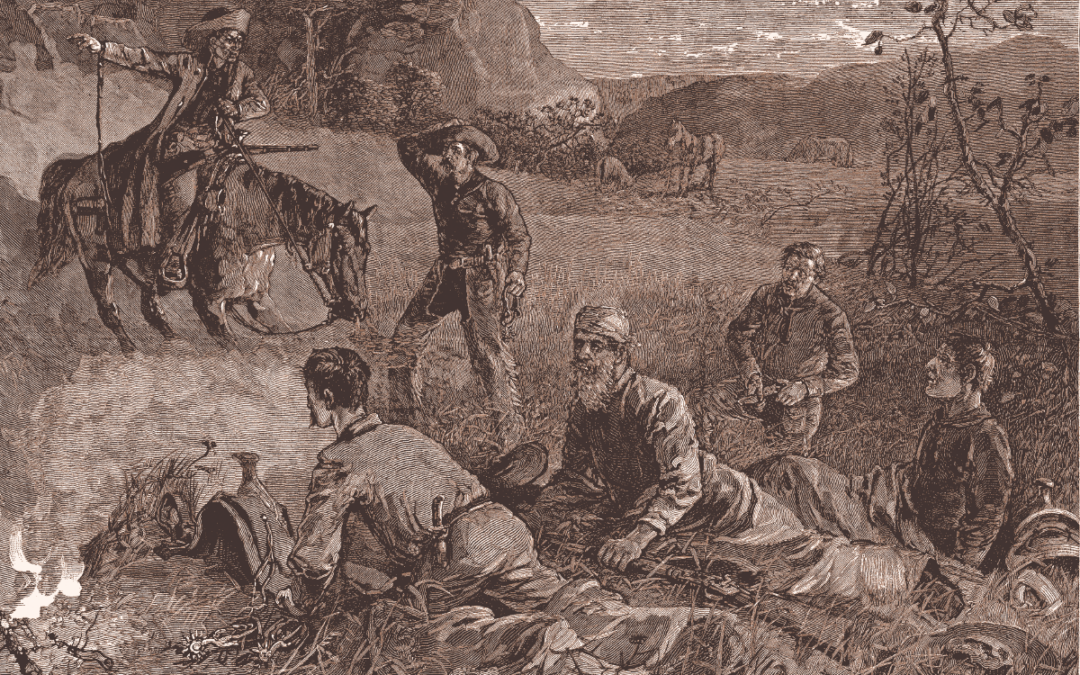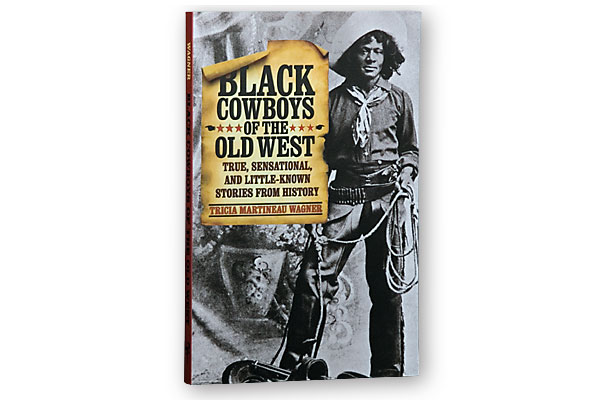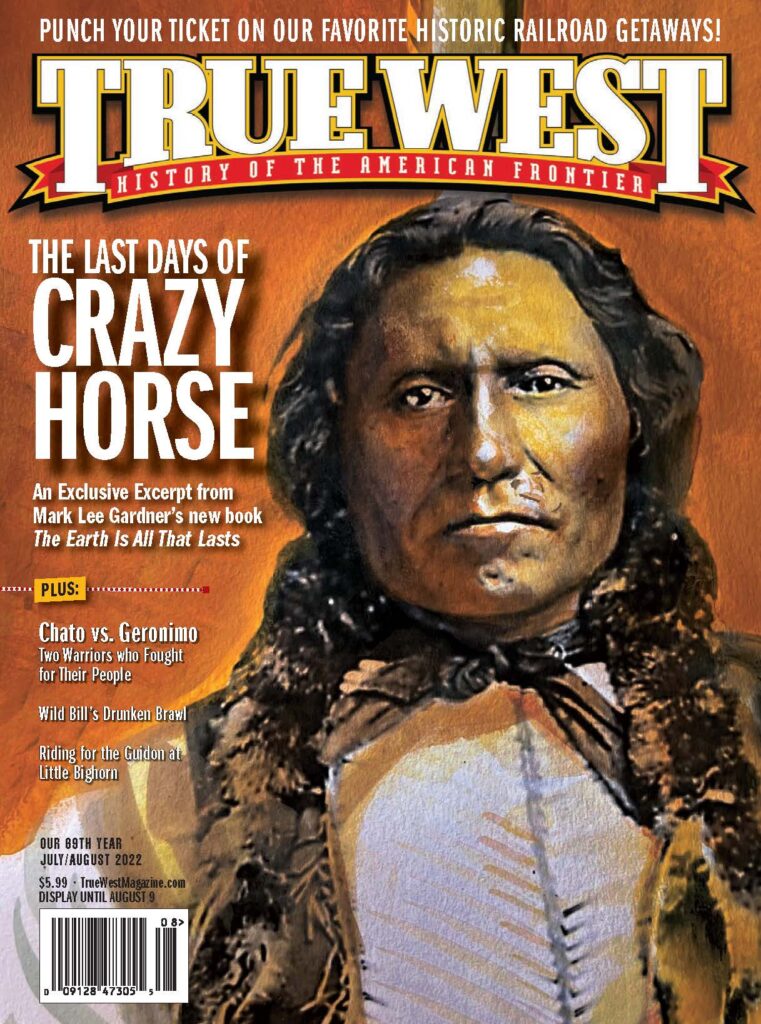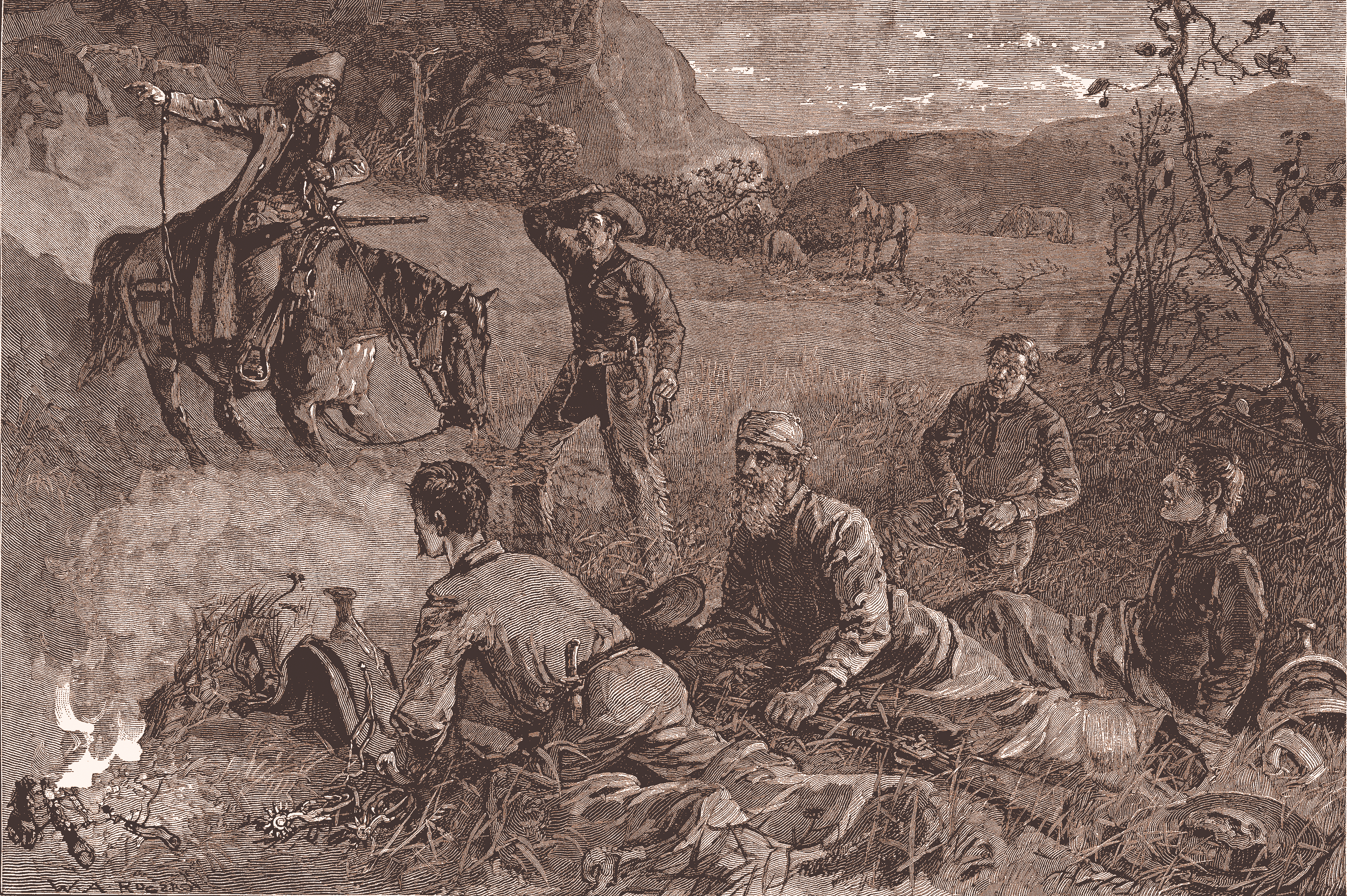
Where did Cowboys like John Ringo and Curly Bill Brocius live?
Walt Serefin Shawnee, Kansas
They spent much of their time in Galeyville, Arizona Territory, an outlaw-friendly town in the north end of the Chiricahua Mountains. They both were mobile, spending time in Tombstone, Charleston and at ranches that were friendly to Cowboys.
I’ve been watching the TV show 1883. Why would immigrants who landed in Texas travel to Oregon in wagons?
Elmer Groton San Antonio, Texas
It’s historical fiction—one that I believe will be a Western classic. Some of the characters like Gen. George Meade (Tom Hanks) and Jim Courtright (Billy Bob Thornton) are real people. There was a large German immigration to Texas through the Port of Galveston. The costuming is authentic. The characters look like they’ve really been exposed to the elements. It would be easy to believe this is based on a true story of the Westward expansion, but most has been created by Taylor Sheridan.
Unlike the show, by 1883, the Comanche people were all living on a reservation in Oklahoma. There were settlements all along the way. Also, by that time, there were several transcontinental railroads crossing the West. If the wagon train was bound for Oregon, they would have reached the Oregon Trail in Nebraska or eastern Wyoming and headed west toward Fort Hall. Montana was a huge detour that practically nobody made, unless they decided to follow the Bozeman Trail north and forego traveling west on the Oregon/California Trail.
What is sarsaparilla?
John Sparks Reno, Nevada
It was a soft drink made from wild sarsaparilla, a North American member of the ginseng family. It was called the “father of root beer.” The predominant root beer flavoring used to be a sassafras root. I say used to be, at least in the U.S. because it contains safrole, believed to be a carcinogen.
How did horses survive the brutally cold temperatures in the Rocky Mountains?
Mike Stanton Hamilton, Montana
Horses can handle cold weather much better than humans. Their winter coats are longer and their hair is coarser. That serves as insulation by reducing the loss of body heat. In the open, a horse will be okay down to 18 degrees, but with some kind of shelter or windbreak, they can handle temperatures as low as -40 degrees.
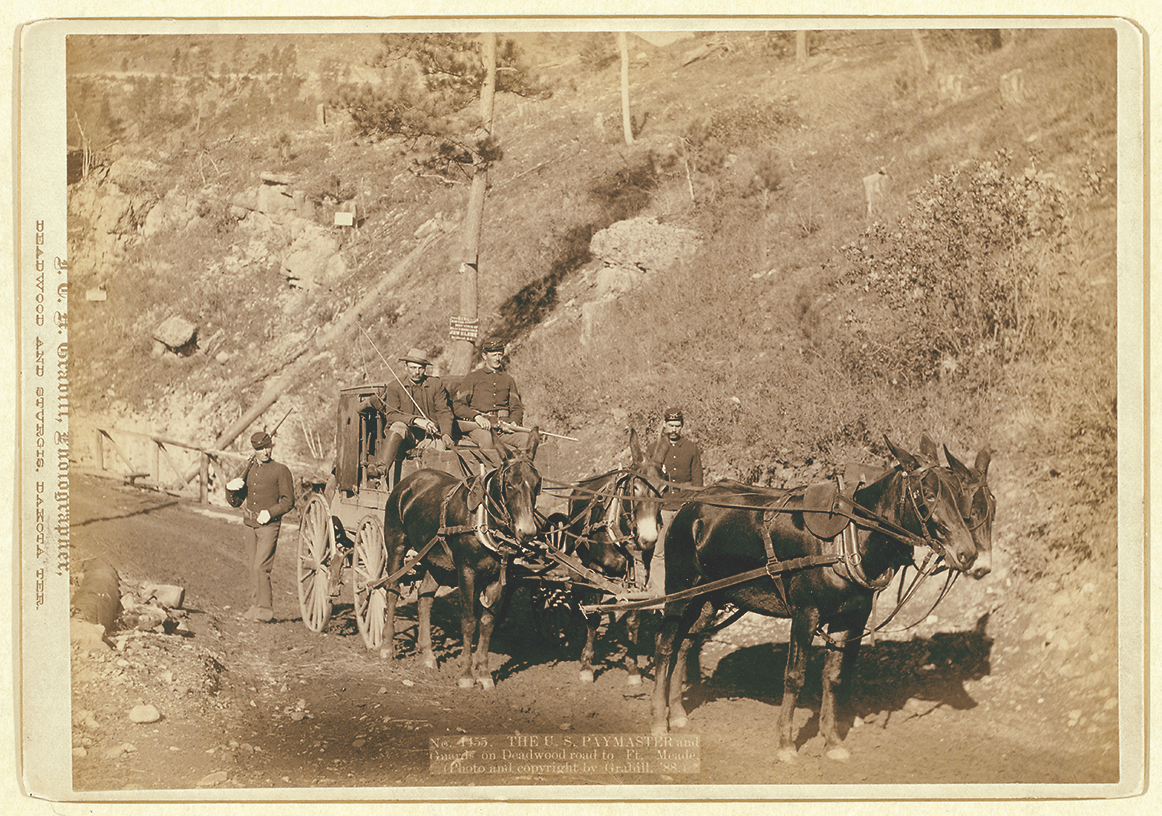
Were there any female shotgun messengers?
David Fuller Lisbon, Connecticut
John Boessenecker, author of Shotguns and Messengers: The Brave Men Who Rode for Wells Fargo in the Wild West, says, “[There were] definitely no female shotgun messengers and most of the stuff written about Charley Parkhurst are tall tales. She was in fact a hostler and may have driven stages in the Santa Clara, California, coastal area, but she was never robbed and had no adventures that were mentioned in 19th-century newspapers.” Also note that Mary Fields did drive a stage in Montana but there is not a single mention of anyone called “Stagecoach Mary” in the pre-1900 newspapers.
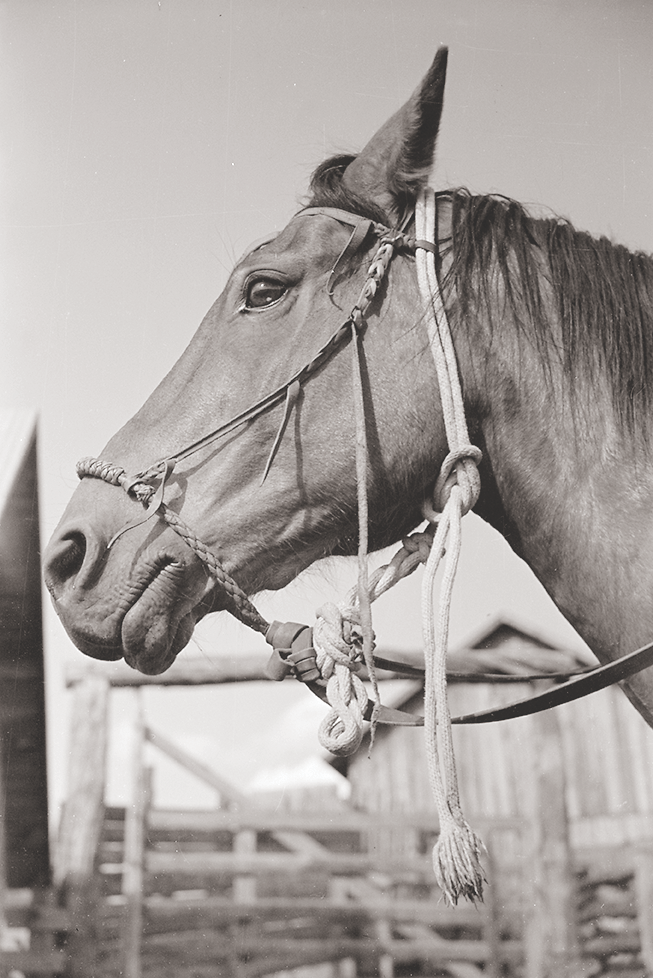
In the movie Tom Horn, Steve McQueen can be seen riding a horse using a hackamore instead of a traditional bitted bridle. How common was that?
Spencer Ward Gaithersburg, Maryland
A hackamore is traditionally used in the progression of a horse’s training. Some riders prefer using one instead of a traditional bridle. It doesn’t have a bit but has a noseband that works on pressure points on the face. There is a common misconception that bitless bridles are kinder than those with a bit. However, horses have many sensitive nerve endings in their faces and the hackamore applies pressure to them. As a result, the severity of it depends on the hands of the rider, similar to a traditional bit.
The word “hackamore” is derived from the Spanish word jaquima, meaning headstall or halter. It is most closely affiliated with the vaquero tradition of horse training, and most commonly seen today in Western riding for starting young horses.

